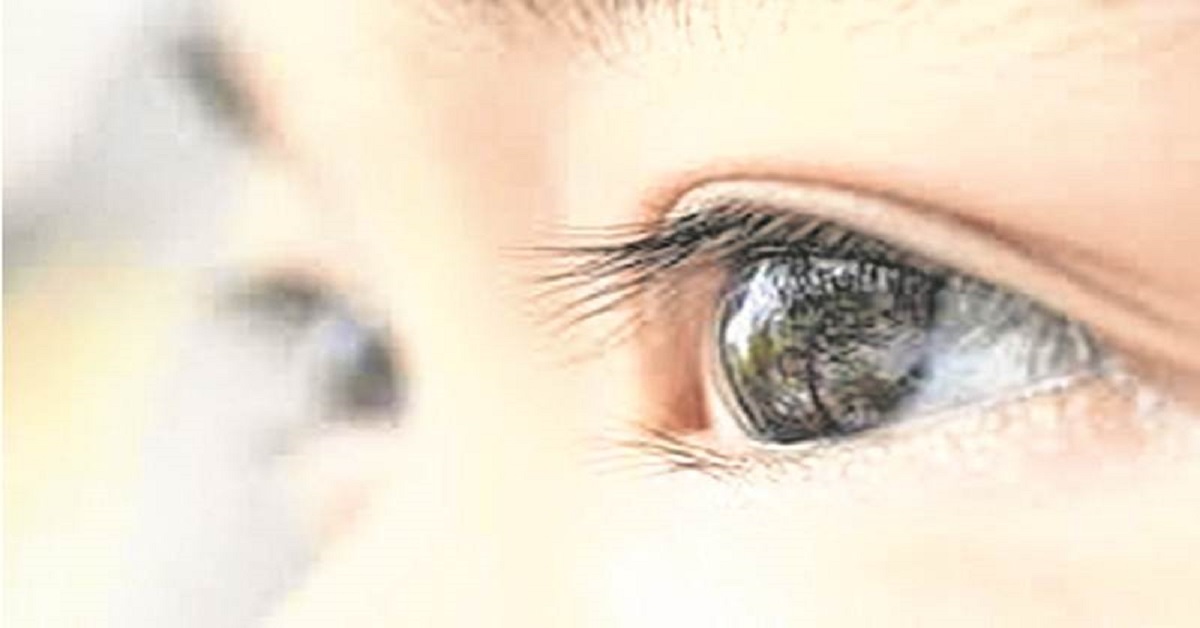
Cancer. A word and disease people are well aware of. It does not differentiate between old and young.
Retinoblastoma, a rare form of eye cancer affecting only about 2,000 people in India per year, is the most common among children under the age of five. About 92% of such children live in the developing countries.
Many children lose their eyesight or die from this cancer due to lack of awareness of the initial signs of the onset of the disease, poor access to proper treatment or lack of finances to afford the treatment.
Retinoblastoma is a cancer that starts in the retina, the very back part of the eye. It occurs when nerve cells in the retina develop genetic mutations. These mutations cause the cells to continue growing and multiplying when healthy cells would die. This accumulating mass of cells forms a tumor.
READ ALSO: Scientists from Kerala develop a safer way to kill Cancer cells!
Dr. K K Aggarwal, President of Heart Care Foundation of India (HCFI), said that in children with retinoblastoma, the disease often affects only one eye. However, one out of three children develops cancer in both eyes. “One of the first common signs of this cancer is a visible whiteness in the pupil called ‘cat’s eye reflex’ or leukocoria. This becomes more noticeable in dim light or in photographs taken with a flash,” added Dr. Aggarwal.
It is important to raise awareness of the fact that retinoblastoma is often curable when it is diagnosed early. However, if it is not treated promptly, this can spread beyond the eye to other parts of the body. This advanced form of retinoblastoma can be life-threatening.
READ ALSO: Cancer’s early stages can be detected through this test
Some other symptoms of this condition include poorly aligned or “wandering” eye, known as strabismus; reddish pupil, often with pain; larger-than-normal pupil; different-colored irises; and poor vision or decreased vision. He further added that when retinoblastoma is suspected, a pediatric ophthalmologist examines the retina by dilating the eye, sometimes under general anesthesia. They may also prescribe some imaging tests, like an ultrasound of the eye, a computerized tomography (CT) scan, or magnetic resonance imaging (MRI) as well as blood tests.
People with retinoblastoma may want to consider genetic counseling before having children to learn more about the risks of passing on the gene change and perhaps to explore ways to avoid this. If a preventive option is not used, children born to a parent with a history of retinoblastoma should be screened for this cancer starting shortly after birth because early detection of this cancer greatly improves the chance for successful treatment.

Post Your Comments